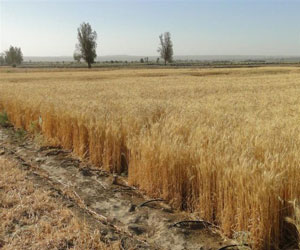
Applicability, advantages and disadvantages of drip irrigation
Applicability
Generally, drip irrigation is the most appropriate irrigation method; it is especially good for arid and drought prone areas. Drip and subsurface drip irrigation is used almost exclusively when using recycled municipal wastewater. Regulations typically do not permit spraying water through the air that has not been fully treated to potable water standards. Furthermore, this system can be very technical for industrial crop production but also a simple small-scale irrigation method, which farmers can construct by themselves.
Advantages
High water application efficiency and lower labor costs
Minimized fertilizer/nutrient loss due to localized application and reduced leaching
Ability to irrigate irregular shaped fields. Levelling of the field is not necessary
Allows safe use of recycled (waste-) water
Moisture within the root zone can be maintained at field capacity and minimized soil erosion
Soil type plays less important role in frequency of irrigation
Highly uniform distribution of water i.e., controlled by output of each nozzle
Usually operated at lower pressure than other types of pressurized irrigation, reducing energy costs
Disadvantages
Expensive initial cost can be more than overhead systems (commercial system)
The sun can affect the tubes used for drip irrigation, shortening their usable life
If the water is not properly filtered and the equipment not properly maintained, it can result in clogging
Drip irrigation might be unsatisfactory if herbicides or top dressed fertilizers need sprinkler irrigation for activation
Waste of water, time & harvest, if not installed properly
Systems require careful study of all the relevant factors like land topography, soil, water, crop and agro-climatic conditions, and suitability of drip irrigation system and its components
Without sufficient leaching (most drip systems are designed for high efficiency, meaning little or no leaching fraction), salts applied with the irrigation water may build up in the root zone.
Source: https://www.geo.fu-berlin.de/en/v/iwrm/Implementation/technical_measures/Irrigation-systems/drip_irrigation/applicability_advantages_disadvantages/index.html

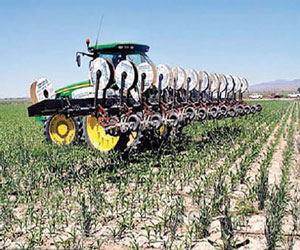
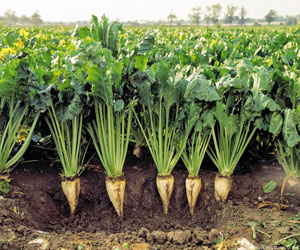
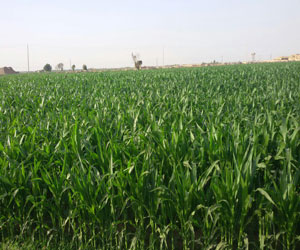
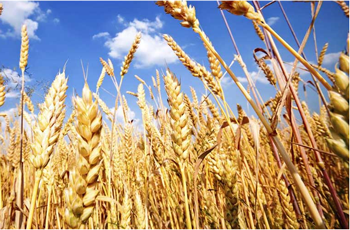
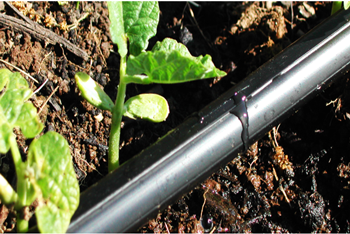
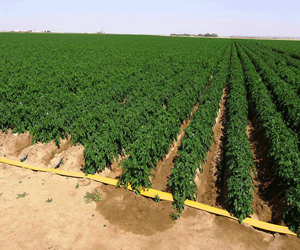
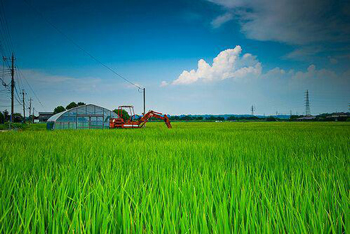
Recent Comments